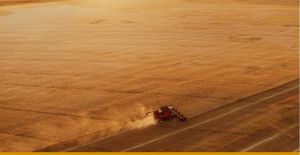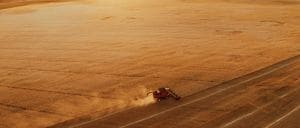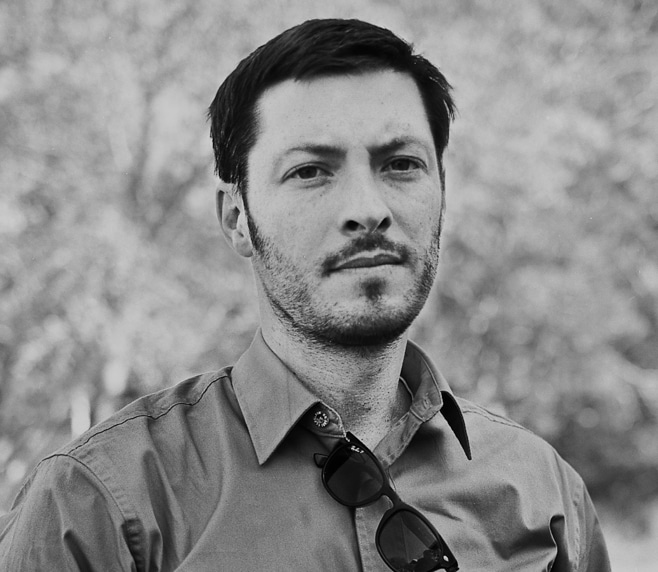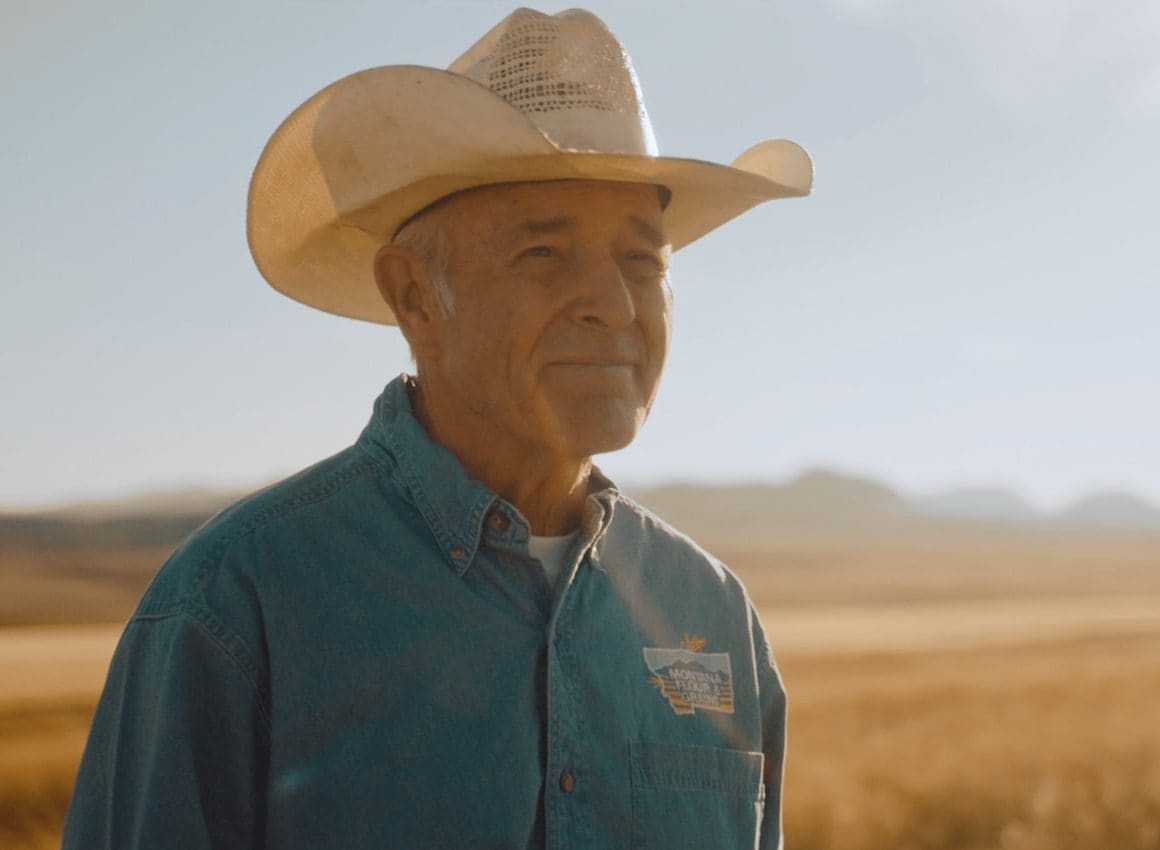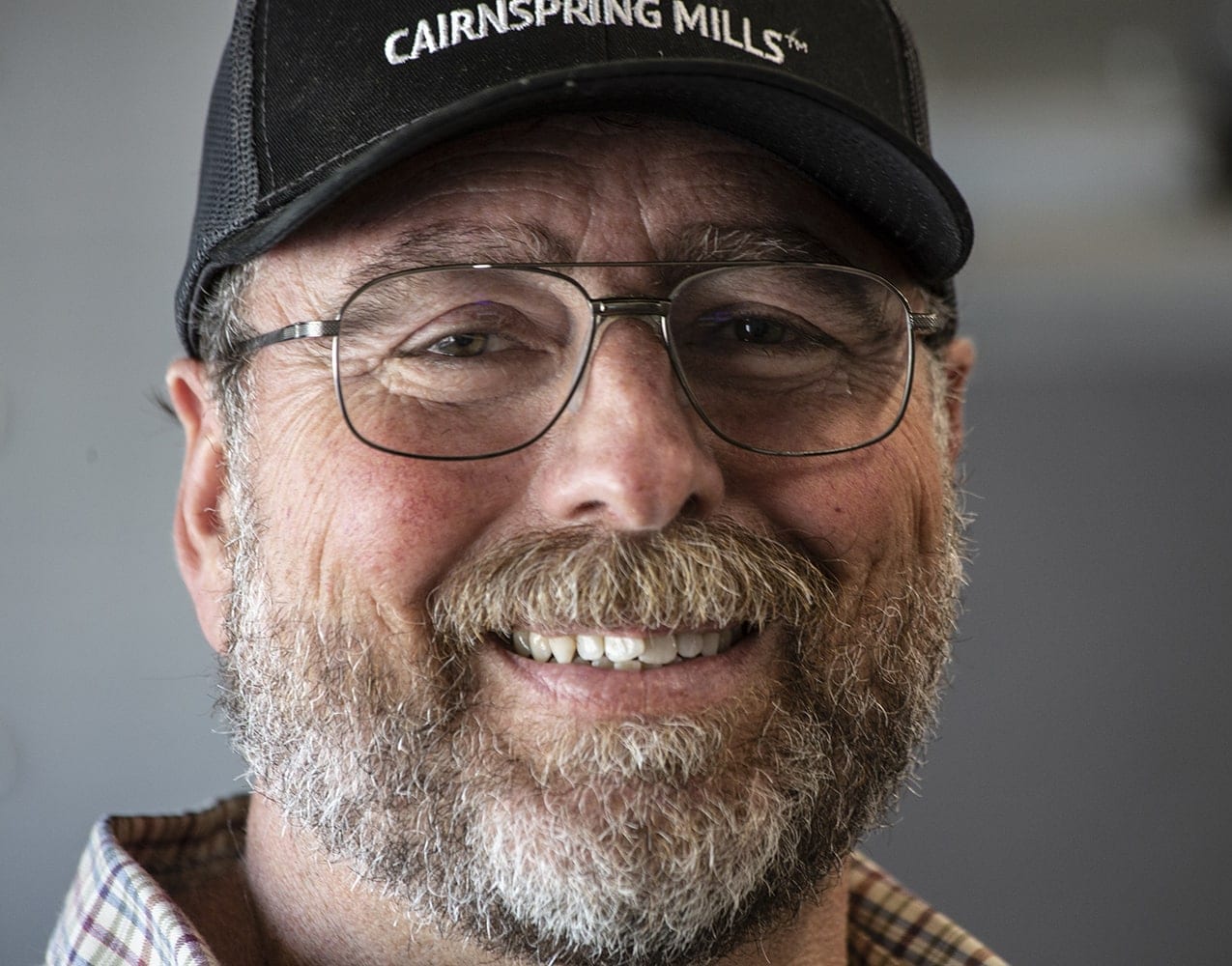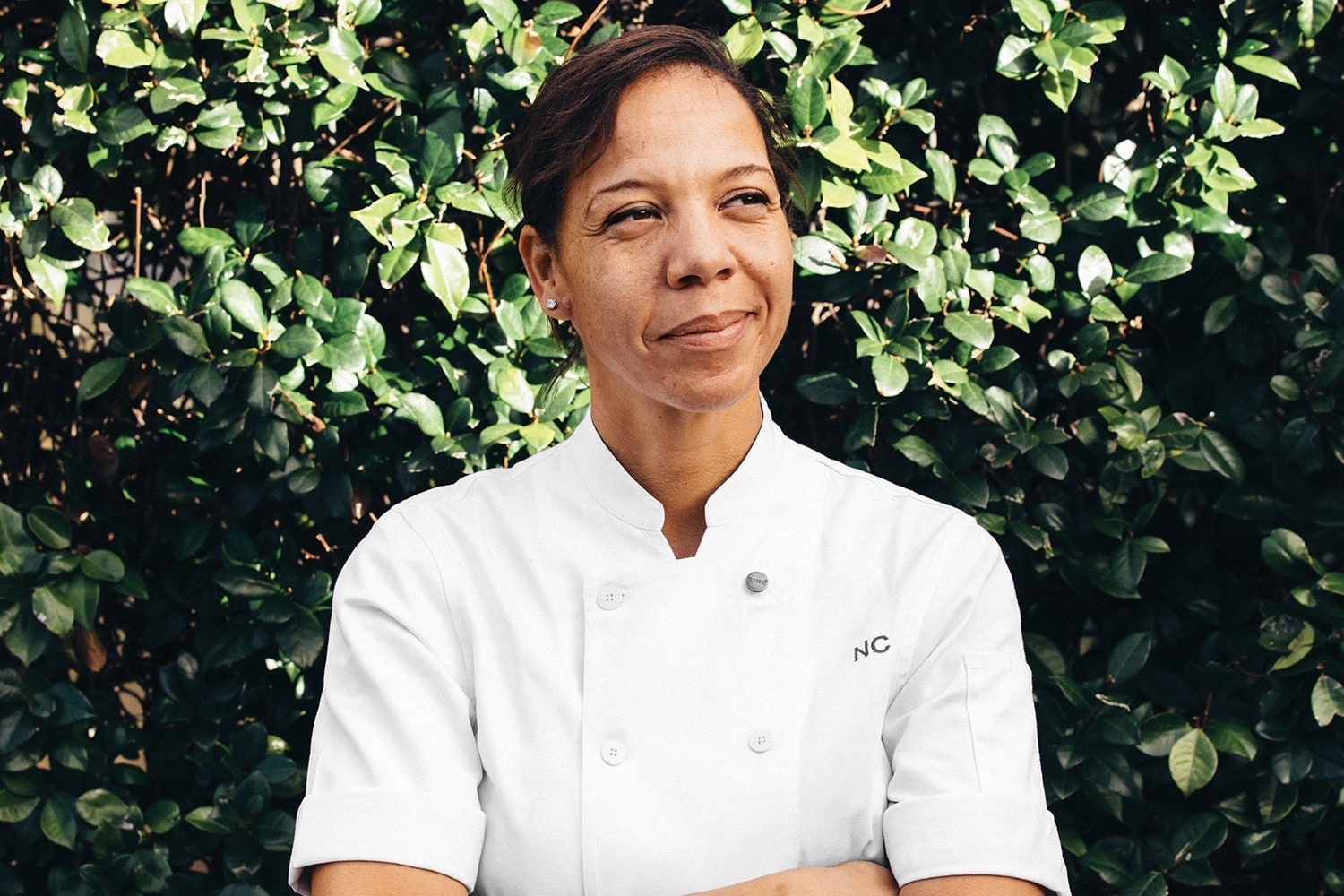THE BEGINNING
Over the past year and a half inevitably someone you know, or maybe you yourself, have begun baking bread. At a certain point, your IG feed probably became saturated with glamour shots of boules and starters and dusted cutting boards. Amongst those devoted to their curated selves the idea of being someone who bakes bread became irresistible to many. But the craze went far beyond the social media set. All of us were looking for some semblance of peace and many found it in the slow rhythms of first rises, cold proofs, and the sound of sourdough cracking as it cools. This was not some niche hobby either. There was a run on flour, KitchenAid sold out of stand mixers, and it’s likely that someone brought fresh-baked bread to your post-vaccination mixer.
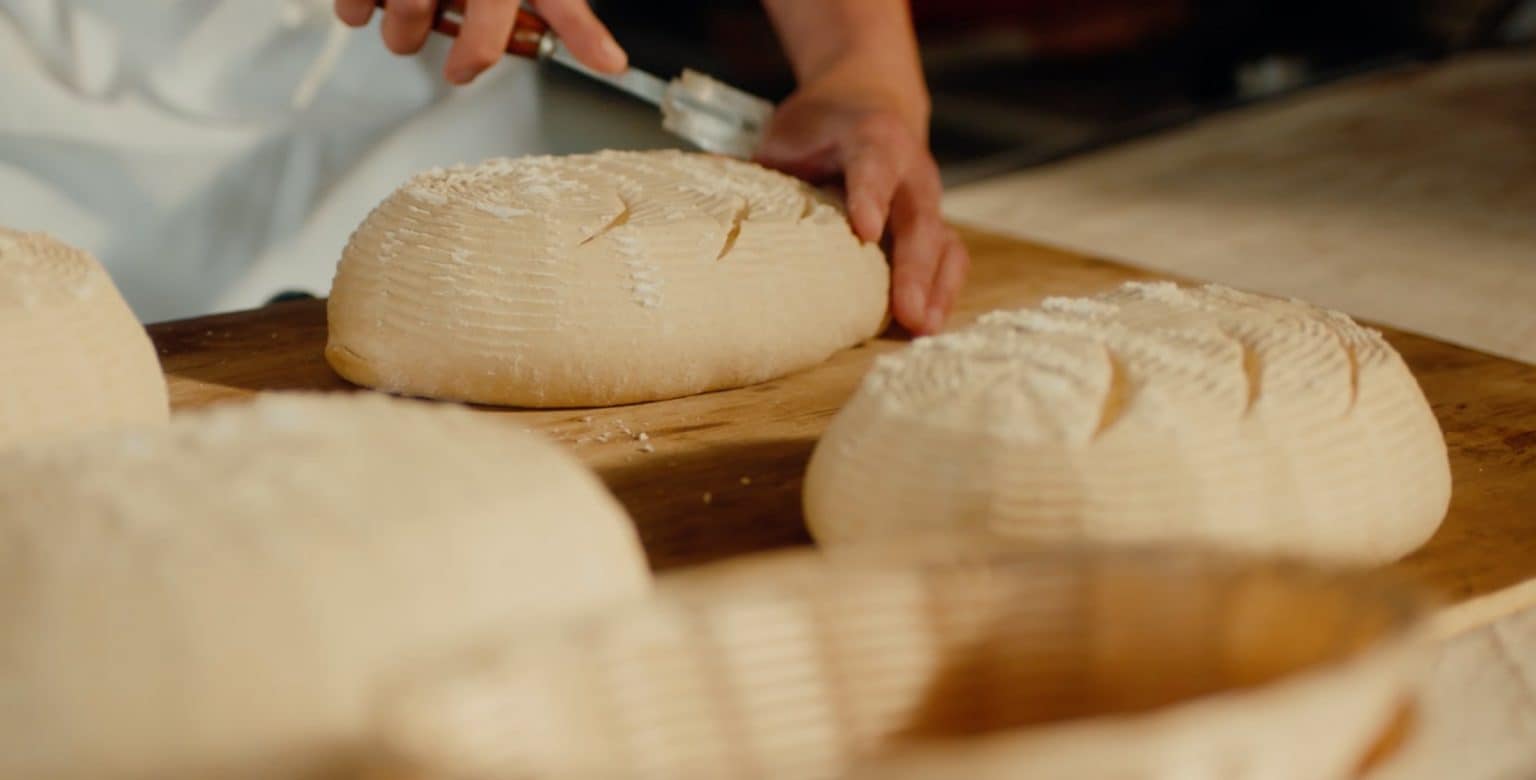
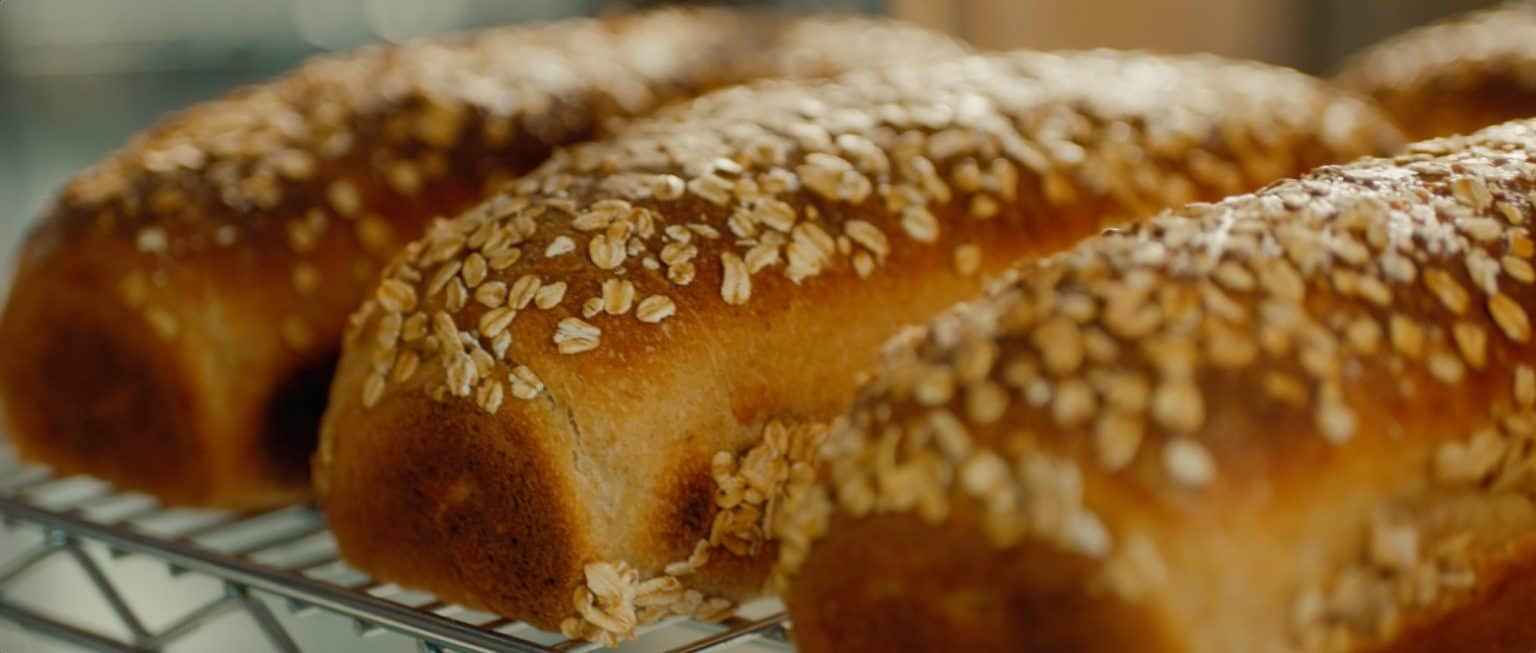
“Yes,” you’re saying, “it became a big trend.”
But here’s the thing, a trend and a paradigm shift look a lot alike in the early stages. It’s only over time that we are able to look back and see that what was happening wasn’t merely performative, or a way to pass time, but was part of a larger movement that involves – consciously or unconsciously – looking at how we want to live and what we Value.
For every one of the people broadcasting their newfound love to the world at large, there are hundreds of others who’ve been working for decades to get us to build a better world through what we eat and more specifically through a greater appreciation for some of the most common staples in the kitchen – flour and wheat.
The Possibilities of Wheat film takes us to meet three people – a farmer, a miller, and a chef – who’ve been doing this work for a long time. In traveling from field to table with them we see that at each stage of the process there’s a chance to do things differently, with more attention and more care, and to remake the world as we do.
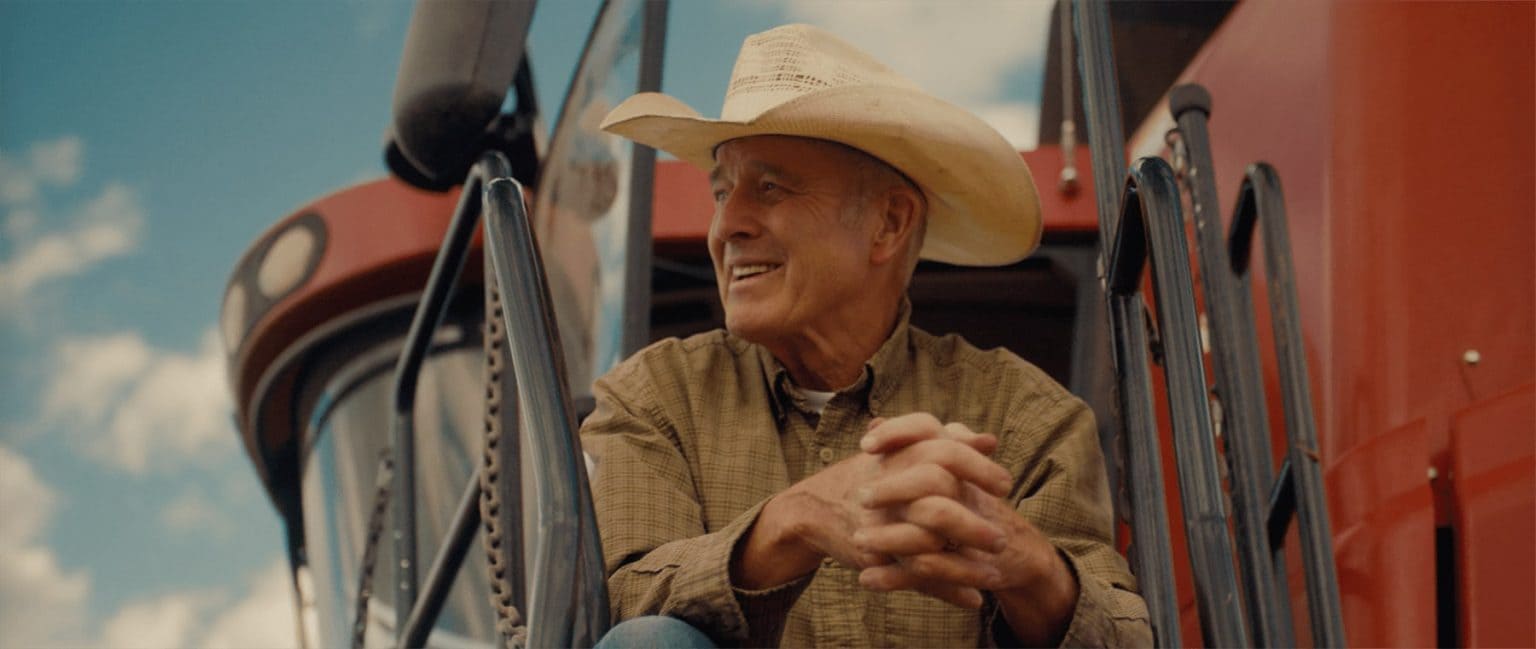
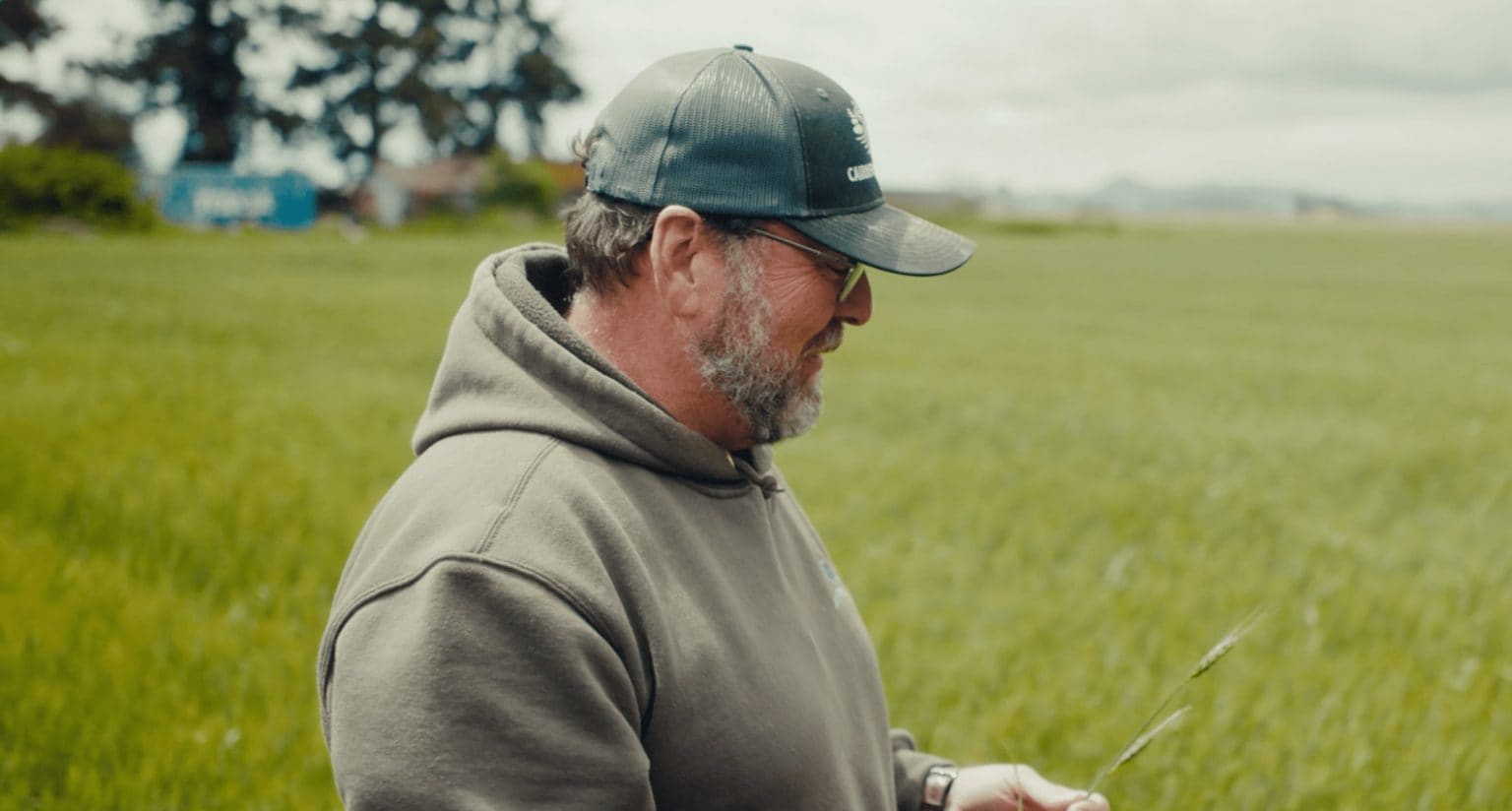
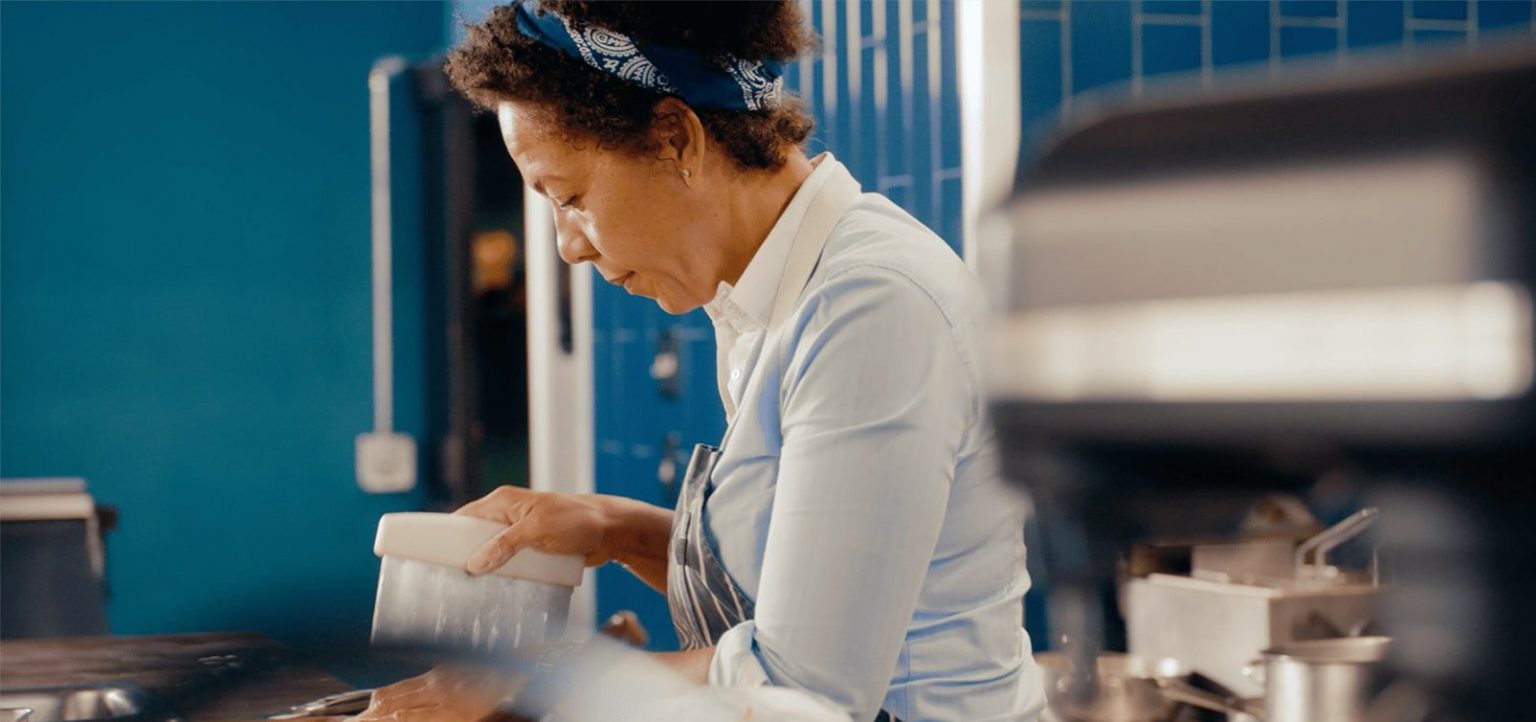
Bob Quinn lives and farms where he grew up, in Big Sandy, Montana. As Bob puts it, “We’re not exactly at the end of the Earth, but we can see it from here.” Big Sandy is not in what we think of as the typical Montana landscape. Sitting just south of the Canadian border it’s a flat prairie that receives limited rainfall and abundant sun. As such it’s a perfect place to grow wheat, and fields of various grains stretch to each end of the horizon. While the view may be uniform, the approach to farming is not. The majority of wheat fields in the area are farmed through ‘conventional’ means. And in this case, ‘conventional’ is used to describe the agricultural practices that have become dominant over just the last forty years. Farmers pump synthetic fertilizers and pesticides into their crops in the hopes of easy work and high yields. Some even spray glyphosate shortly before harvest to help the wheat weaken and minimize wear and tear on the blades of the combine. The result is cheap grain. Not priced into that cheap grain are the effects of potentially-polluted well-water, toxic runoff, and any health impacts that may result.
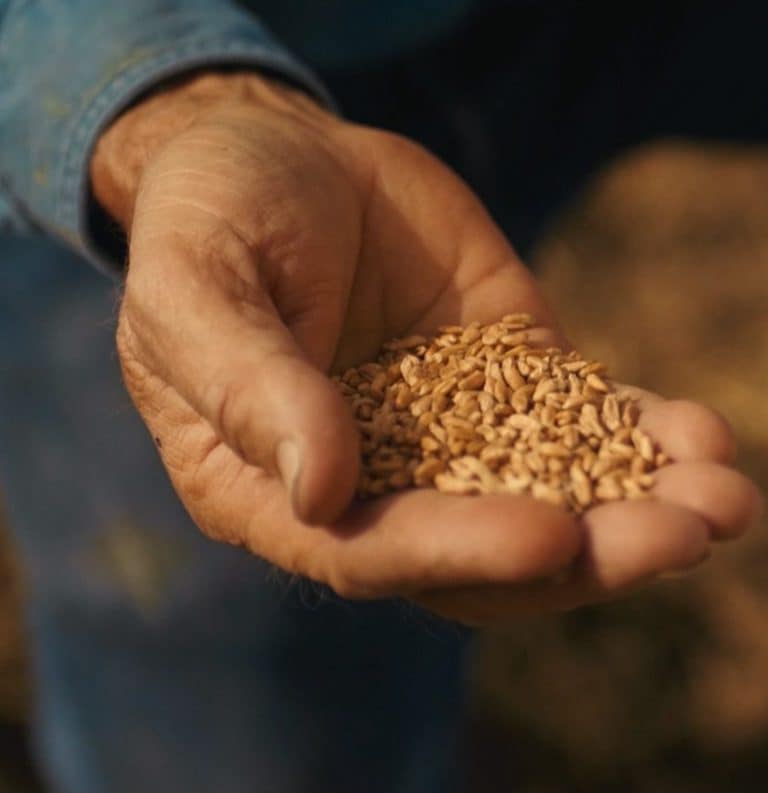
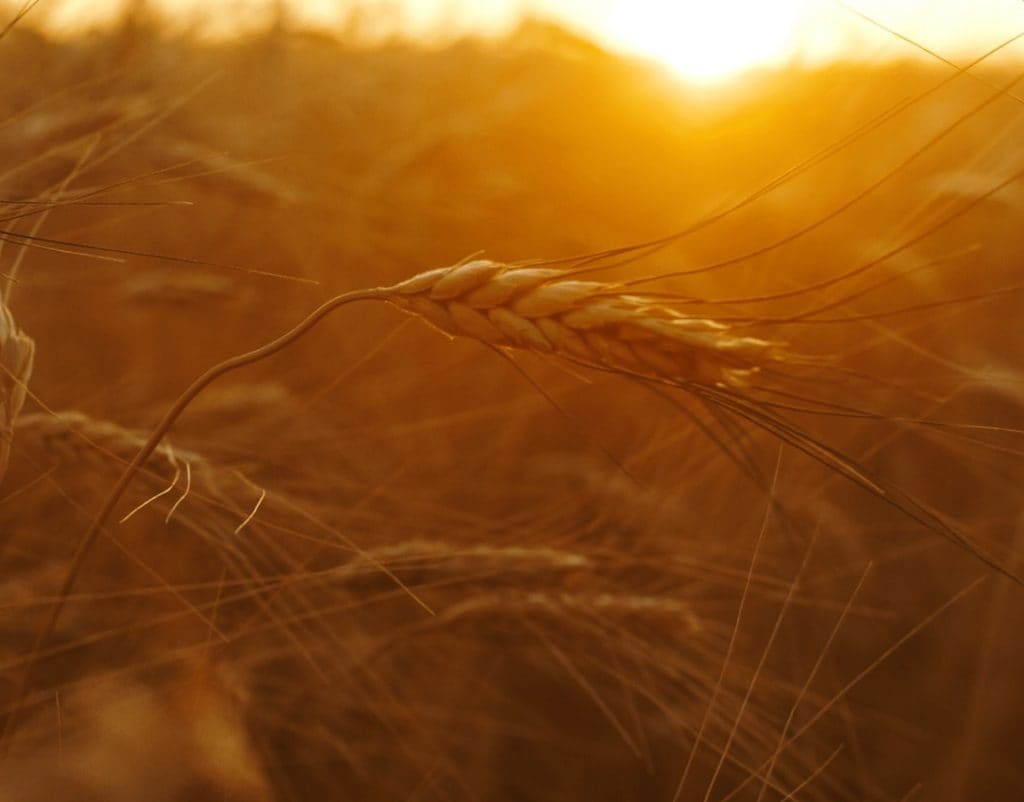
If you spend any time with Bob, you’ll realize that he has some real superpowers, and one of them is an unrelenting curiosity. Walking up to his house on the hill he pointed out a half-acre where he’s spent the last 15 years attempting to grow dry-land fruit and vegetables. And through enough tinkering and study, he now has rows of onions, potatoes, and cherry tomatoes that require no irrigation at all. So in 1984 when a California baker asked Bob for organic wheat, he set out to understand how that would be possible. “That opened up the door of really a lot of understanding of food connected to health,” Bob says. “Hippocrates said 2300 years ago, food should be your medicine, medicine should be your food and now we’re starting to get back to that idea.”
It was four years later, in 1988, that by all accounts Bob became the first farmer Montana to go organic. Part of what he loved about it was the challenge. “What I do is much more complex than just dumping some chemical on the top of the ground or into the ground next to the roots and having the roots just take that up,” he further argues, that manner of farm is “like mainlining sugar or something into your veins. It’s very unnatural and it’s not good.”
By contrast, Bob focuses not on the plant but on the soil, “When I started understanding what regenerative organic meant and was about, I came to see that the soil is really what supports the plant, not just physically, but nutritionally and the life in the soil is what is supporting the plant and providing the nutrients because of the cycling of life in the soil that’s continuous.” In the 35 years since going organic Bob has continued to refine his process, using permaculture practices like crop rotation and cover cropping to continually improve the health of his soil. When Bob began, he was the only person within 150 miles doing any work in the organic space; now after the interest in organic agriculture has grown steadily for decades, his wheat is in high demand. He nets twice the price per bushel as conventionally farmed wheat and does it all without the added expenses of chemical inputs. Still, that’s not the only way Bob’s differentiated his farming.
“It wasn't commercially grown anywhere in the world that we knew about, but it did exist in small batches in the mid-east.”
Bob’s house sits on Kamut Lane, where he drinks his coffee from a mug emblazoned with the word ‘Kamut’, while wearing a belt that says ‘Kamut’, surrounded by hundreds of acres where he grows his signature wheat, Kamut. Kamut is actually the brand name for an ancient grain called Khorasan. “It wasn’t commercially grown anywhere in the world that we knew about, but it did exist in small batches in the mid-east. I found it in Egypt.” A so-called ‘Ancient grain’ the wheat has a high-protein structure that makes it perfect for baking and has made it the go-to grain for pasta-making in Italy. Moreover, it has higher nutritional content than any genetically modified, commercially grown competitor. As Bob explains, “The seed, the genetics of what we put in the soil is just as important as preparing good soil and nurturing good soil because that package, what’s in that seed determines, by and large, what the product and nutritional value of that end product are going to be.”
“I think the thing that has kept me committed to regenerative organic agriculture is that it holds the key to so many answers to the main things that are plaguing this country, this world, and our society.”
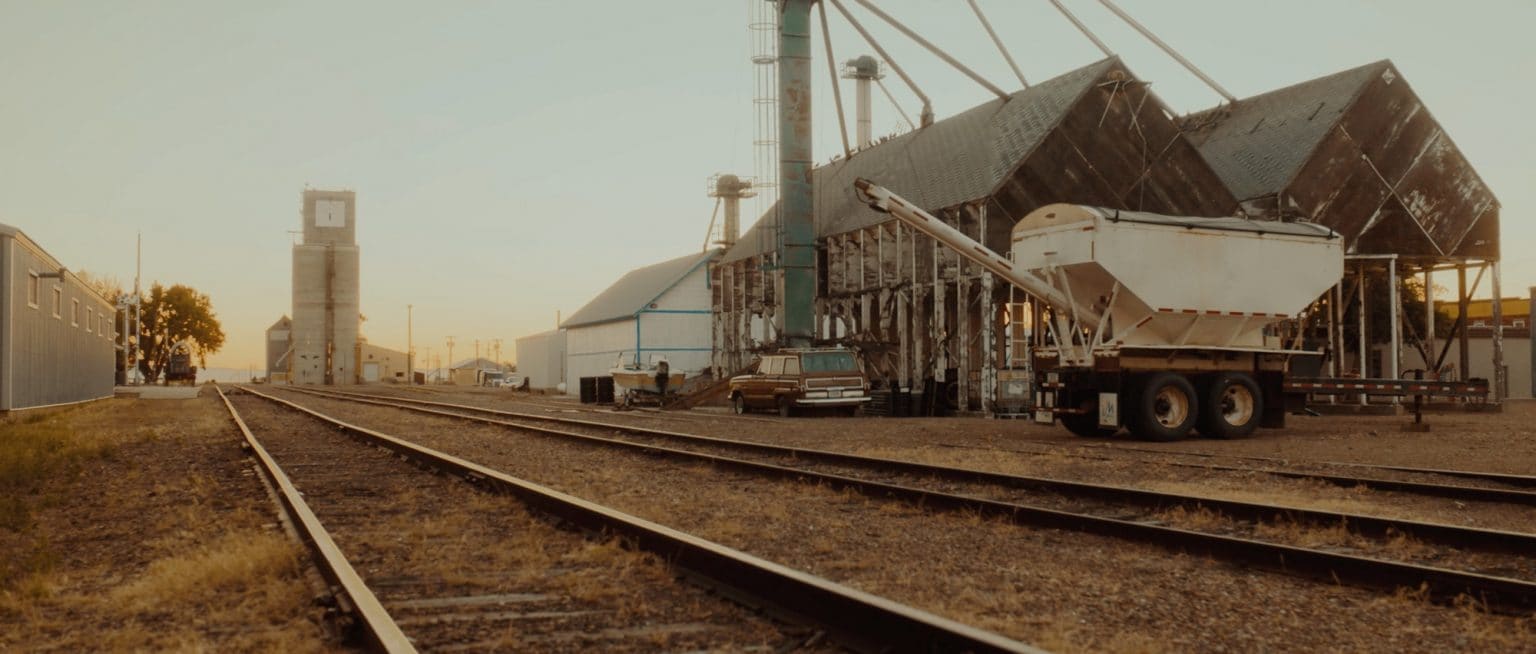
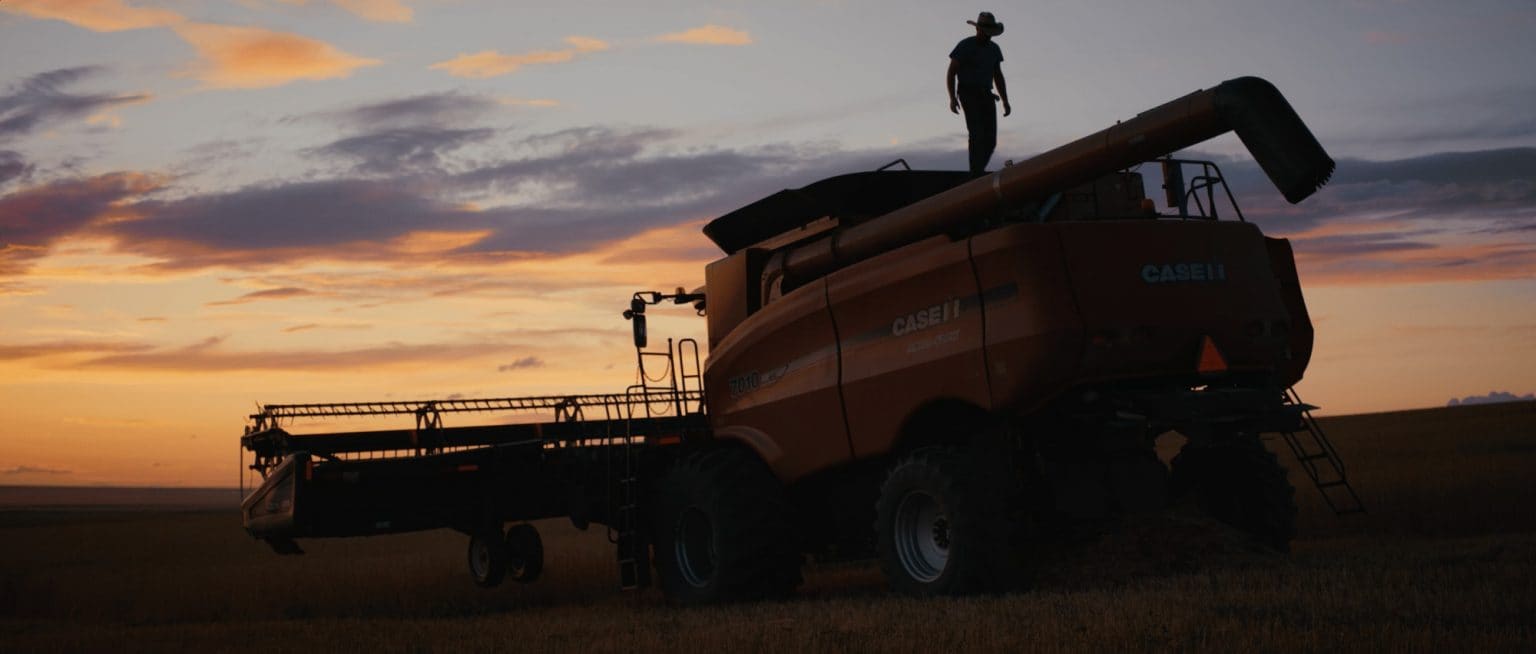
What started as an initial experiment has become something of an empire. The grain is now grown organically on over 100,000 acres and sold worldwide.
Bob’s success has been the result of another one of his superpowers – he has an ability to look both forward and backward in the same moment. Seeing the long-term ramifications of conventional farming pushed him to go organic when there was little sense that it would be commercially viable. Looking into the history of agriculture lead him to a grain that was untapped but could solve present-day problems. And to this day Bob remains passionate about what is possible through his approach to farming, “I think the thing that has kept me committed to regenerative organic agriculture is that it holds the key to so many answers to the main things that are plaguing this country, this world, and our society, and that ultimately goes with our own health and the health of our planet.”
What Bob Quinn is doing isn’t revolutionary. All the KAMUT® products – the belt buckle, the hats, the street name, the hand-ground oatmeal – isn’t simply about passion for a single strain of wheat. It’s that in growing KAMUT® wheat organically with demonstrable success Bob has created a different way of doing things. And in finding this new way what shifts isn’t simply an idea of how to grow food but the very idea of what we value. If you’ve spent a lifetime working under an agriculture industry that values cheap grain, high-yield, – what does this cost the person who eats it? What does this cost the river over there? What does this cost the family of the farmer? It quietly reveals all the cracks in the foundation of our food system at large.
And if you live just about anywhere on Earth and you’ve seen the weather change dramatically over the past ten or twenty years, now feels like a pretty good time to question how we do just about everything.
Which is how Kevin Morse, the co-founder, and CEO of Cairnsprings Mills, began his journey into milling flour – by questioning how it is that over the course of a hundred years the United States had gone from having 24,000 flour mills to only 166. Kevin wanted to know what we’d lost in centralizing flour production and separating the farmer from the mill. As Kevin explains, “I turned 50 and decided that for the next 50 years, what I wanted to work on, was rebuilding local food systems. I teamed up with a group of people that were investing in local businesses and farms trying to create a new model. I had originally started raising livestock, and I decided that wasn’t the business I wanted to be in. And while I was working on that, someone came to me and said, ‘Kevin, you know, we’ve got this idea circulating in the community about a regional mill. Are you interested?’
The concept of a regional mill went far beyond milling flour. The idea was to create a hub that could comprehensively revitalize the agricultural economy of the Skagit Valley, a lush, low-lying plain filled with farms that abut Puget Sound.
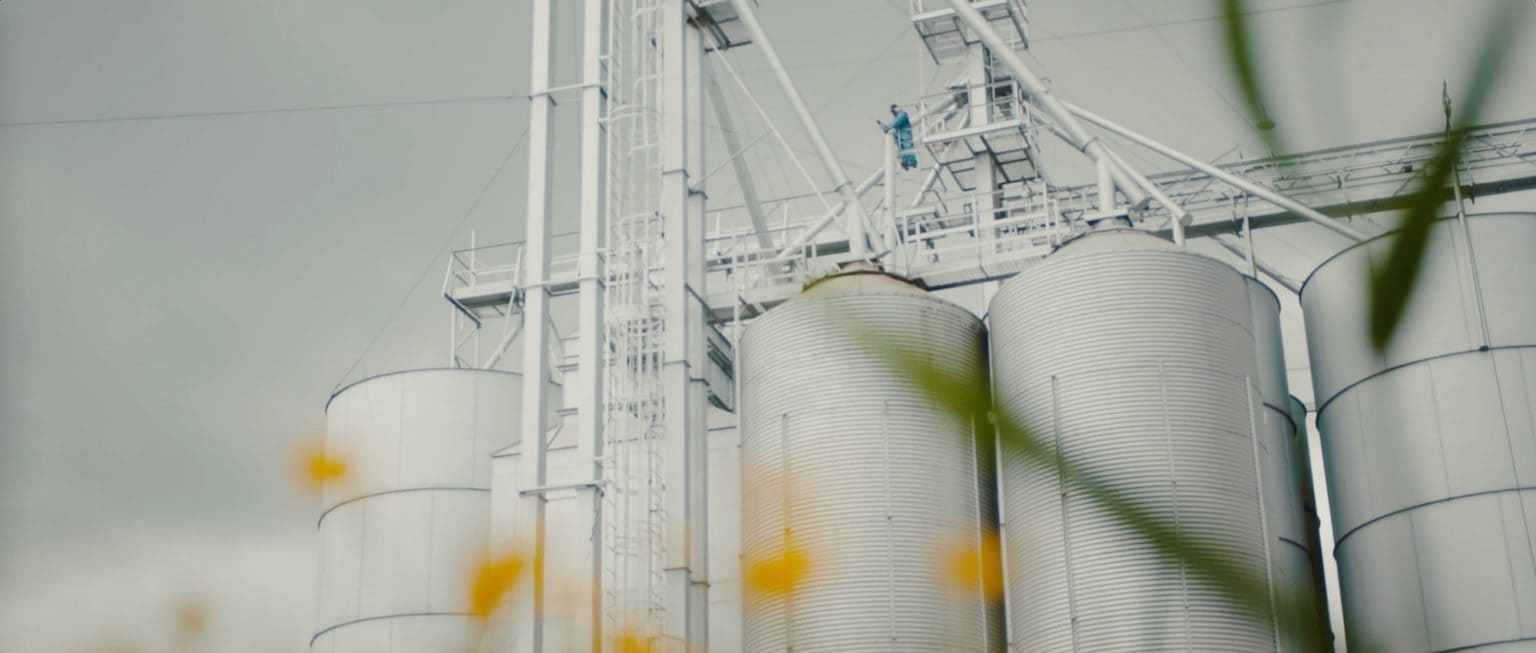
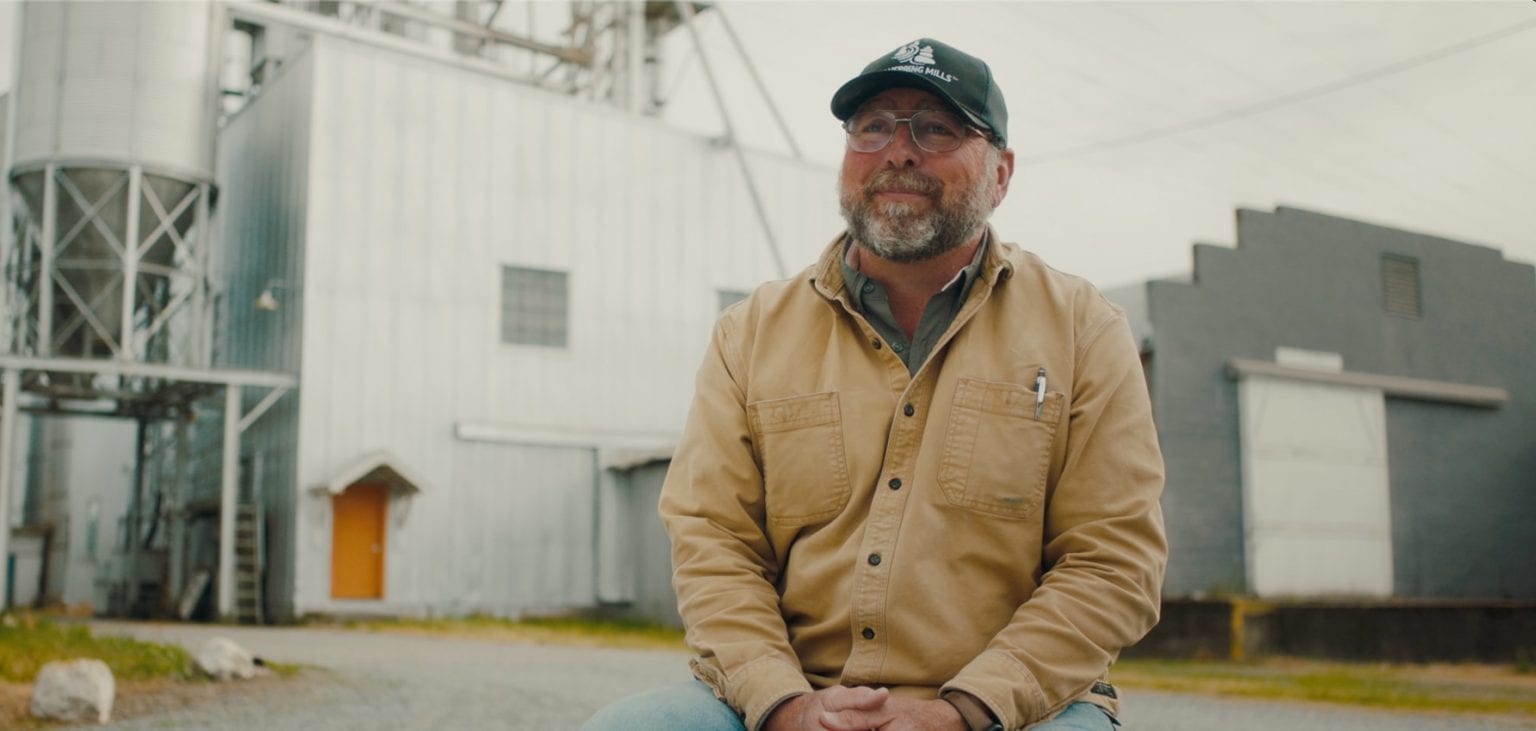
“This was a community-based venture that was inspired and supported by a number of organizations and individuals here,” Kevin explains, the idea was “to show the world that there’s a variety and diversity of grains that we haven’t experienced before, and that it could be a much more flavorful, functional option than we’ve been used to.” Once the idea began gaining steam, “Farmers, bakers, local investors all rallied around this idea of re-inventing a model for regional milling that would make our community more prosperous, healthy, and resilient.”
In short, the model seeks to work a little something like this: High-quality, single-varietal flour can demand a higher cost in the marketplace. That mark-up can be passed along to farmers who can make almost twice as much money per bushel as they would growing conventional grains, and by having the mill situated within the community the farmers save on transport and storage costs. The farmers then make a better living with less land and the mill is able to pay a living wage to all of its employees. The money to the employees, farmers, and the mill all then stays within the local economy.
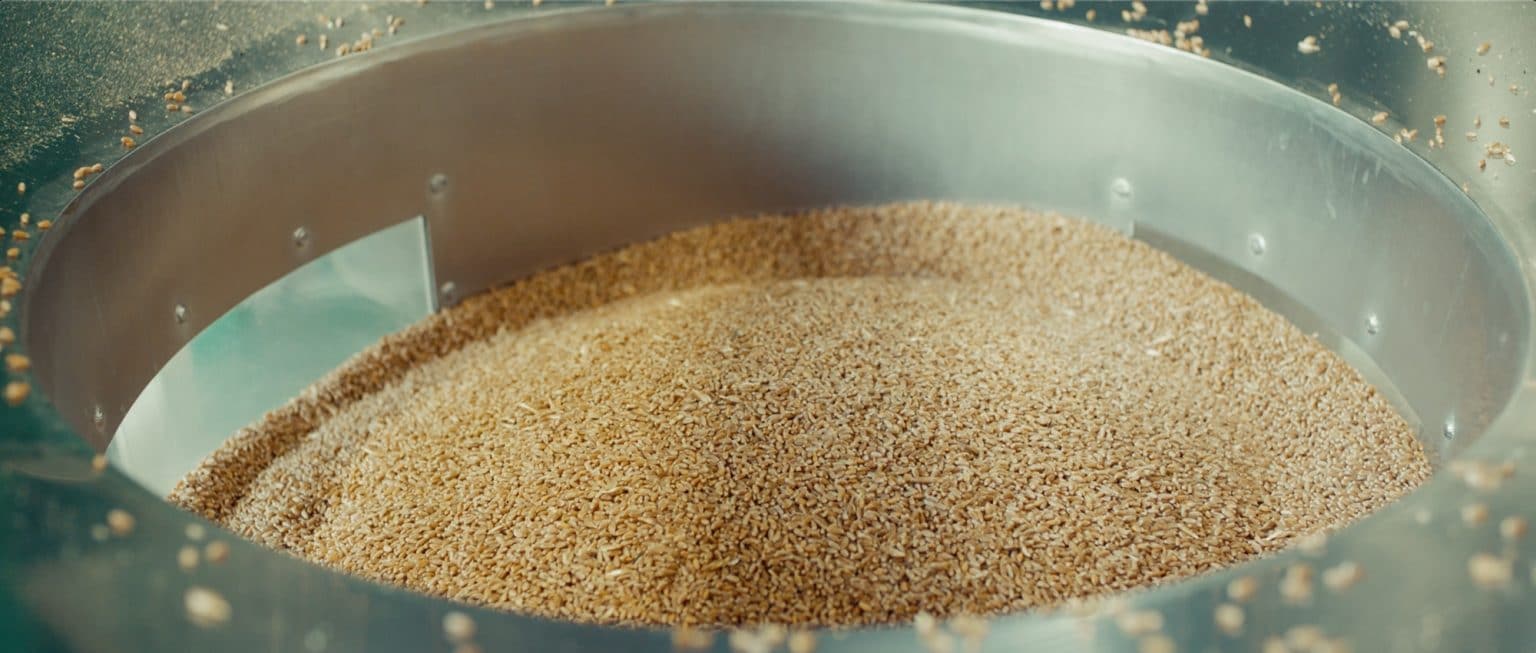
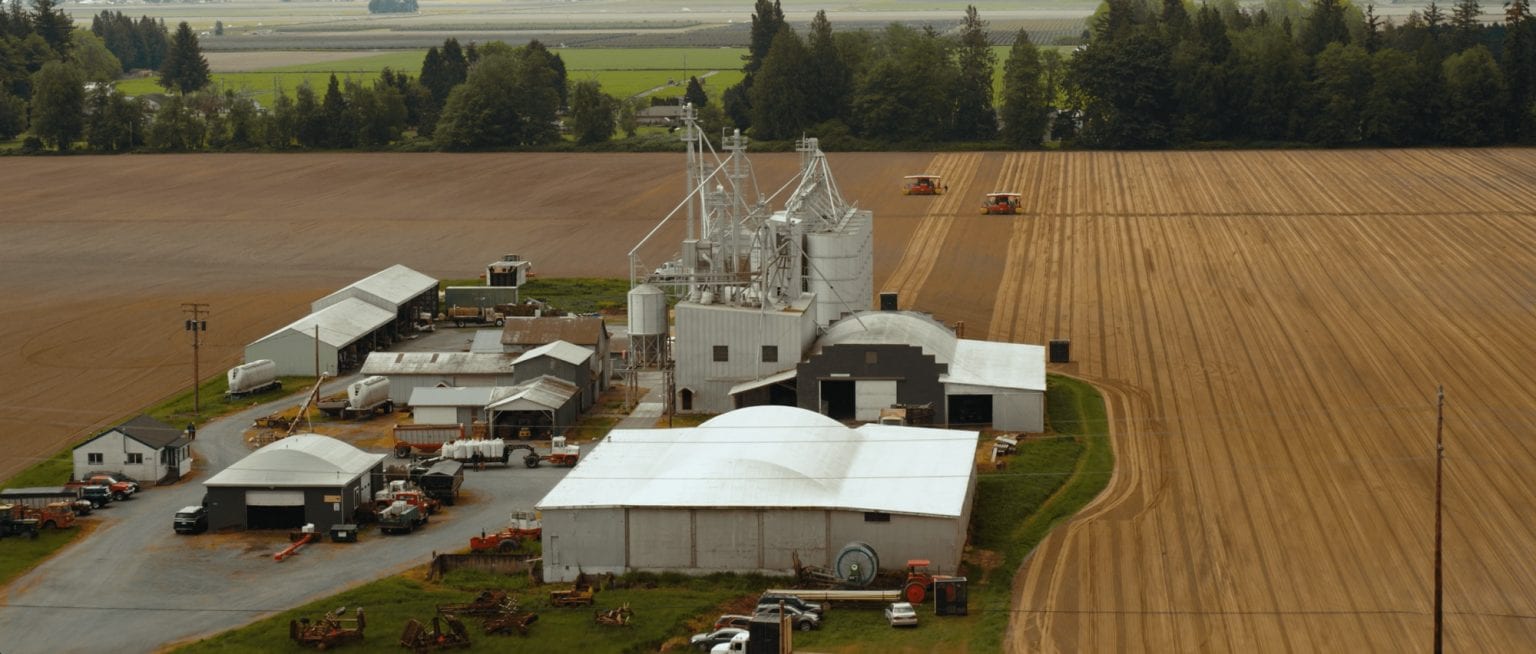
Still, what was needed to make this work was demand. At first, Cairnsprings supplied only commercial kitchens and sold to a core group of clients – including the revered Tartine Bakery, which makes sourdough that Michael Pollen called ‘the best bread I ever tasted.’ The orders were solid and predictable but not exceptional. Then the pandemic hit, restaurants closed, and Cairnsprings pivoted, opening their offerings to home bakers. With flour in short supply, their sales went parabolic. No one else was offering flour of such a high quality directly sourced from the farmers. Once bakers tried it they never looked back. As Kevin puts it, “We’ve created a new product segment within the flour market.”
“Farmers, bakers, local investors all rallied around this idea of re-inventing a model for regional milling that would make our community more prosperous, healthy, and resilient.”
This demand has yet to slow, and Cairnsprings is currently working to add a second shift to accommodate all the orders.
Kevin took a moment to outline the broader impact of what Cairnsprings is set to accomplish, “We’ve lost our way over the past 100 years. We’ve gone from a system that supported good stewardship, healthy food, supported our families, to one that’s all about bigger, faster, cheaper. And we’ve paid for that in terms of our health, economic viability, and the health of the planet.” He takes a beat before continuing, “To be able to reverse that for future generations, to me, is one of the most important things we can do.”
“We believe consumers want that product that’s from their front yard”, Tony continues. We soon see that he believes this in a very literal sense as we travel from the store to his home where he shows us two hives he now keeps in his backyard because he wants to better understand the process of beekeeping himself. A smoker and hive tool at the ready and, with the last of the Colorado afternoon creating stunning beams of light across the scene, Tony lifts out a tray to reveal a swarm of hungry bees. He watches them with fascination, while simultaneously telling us about the importance of the American beekeeper and of the honey bee to our country and its agriculture. This is what gives meaning to his role in this extraordinary, long revered process.
Ultimately for Tony, it’s all about the process of making and the joy this brings others, whether that is the Local Hive family working as a team and learning around him, or the customer enjoying the finished product. “When you get feedback from consumers and they compliment us on the things we’re doing, helping educate people and giving back in the community, for me personally that is what I find very rewarding”.
The Final Step of The Journey...
One way to understand Cairnsprings’ success is to speak to someone who relies on high-quality flour day in and day out. Chef Nina Compton quickly rose to prominence in the food world during her appearance on season 11 of Top Chef and opened two restaurants in New Orleans shortly thereafter. Prior to this, she had gone to the Culinary Institute of America, and worked at Daniel in New York, one of the most revered French restaurants in the world.
Sitting in the quiet of her Bywater American Bistro she explains the importance of flour in her cooking, “I look at flour as the way people treat caviar, the way people treat truffles.” She goes on, “I think a lot of people don’t understand getting freshly milled flour. The difference between that and just regular flour that has been bleached or whatever else it is, but when you get flour in its prime, when it’s freshly milled – the smell, the aroma, the nuttiness is so much better.”
“...When you get flour in its prime, when it’s freshly milled – the smell, the aroma, the nuttiness is so much better.”
Nina sources her flour from Graison Gill at Bellegarde Bakery, also in New Orleans. She uses it to blend the past and the present in remarkable dishes that reflect the arc of her own life. At her restaurant Compère Lapin she makes a gnocchi that is done in the traditional old-world style but uses sweet potatoes and pairs it with curried goat. It retains the feel of a classic dish, yet reinterprets it through her Caribbean childhood on St. Lucia. At Bywater American Bistro she offers a scialatelli that takes the traditional Amalfi Coast dish by way of Jamaica, pairing it with a rundown sauce made from tomato and coconut and Louisiana shrimp. The handmade noodles are built from Gill’s durum wheat, milk, and basil. Compton describes how critical the flour is here, “I get the durum from the white wheat, which is a very hard wheat, and I like it because once you start to knead the dough, it becomes very elastic and the gluten develops. Whereas if you had something like double-O flour, the gluten is not that developed. It doesn’t have that much protein, so it’s not going to be as chewy.”

Here, as with all of her dishes, she relies on a lesson she learned from Chef Norman van Aken whom she worked for in Miami. “I remember the Saturday night service and everything we got in was fresh, and he said ‘listen, the beauty of every dish that you make starts with the ingredients that you have, and it’s about the quality.’” She adds, “It’s really about preserving the pristine product that I get. It’s about the simplicity of that ingredient and letting it shine.” And this harkens back to her idyllic childhood on St. Lucia where she and her grandmother would cook with what the farmers had in season.
“It’s really about preserving the pristine product that I get. It’s about the simplicity of that ingredient and letting it shine.”
In looking back while looking forward Nina echoes the work that Kevin is doing at Cairnsprings and Bob is doing in Northern Montana. Sometimes being a visionary doesn’t mean being able to see in the future, instead, it’s about being able to look at the present with clear sight and an understanding of what’s at stake. All three of these people have the ability to look around them at what is available and doable in the here and now, and through the work of their hands, we’re able to see through their eyes giving us a new view of what’s possible with simple grains. They bring us forward by connecting to the past. When you bake at home and experiment with a new flour or technique this is the tradition that you’re stepping into, and for those moments this is what you value.
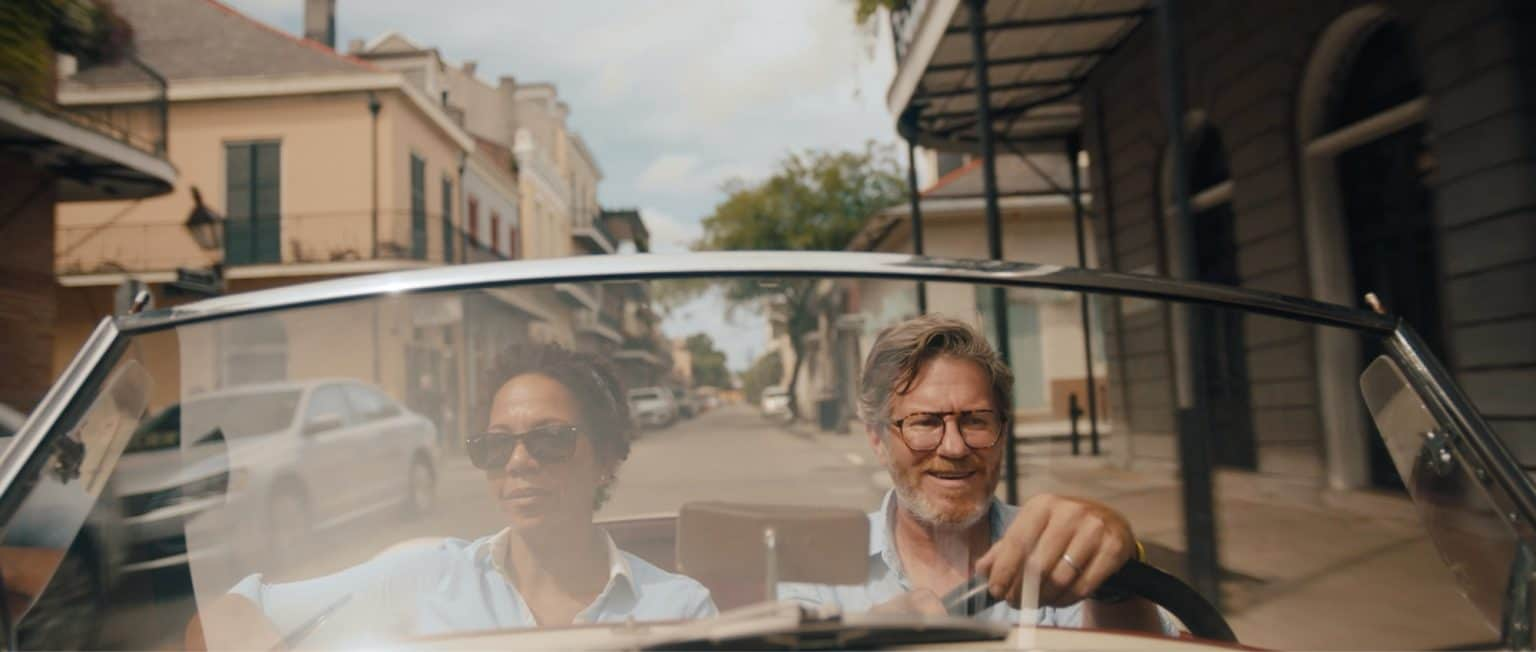
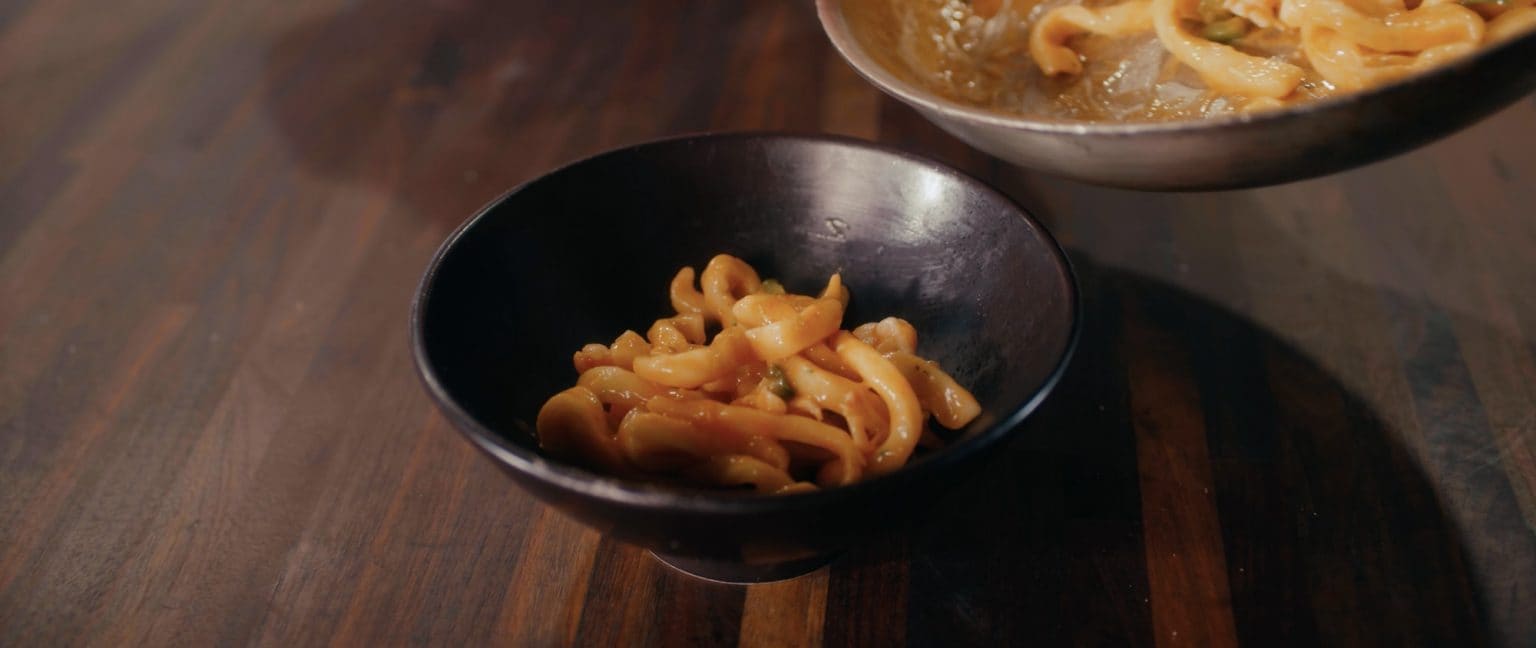
Think about all those Instagram posts again. Sure some of it may have been a desire to be seen a certain way. But it’s also a reflection on beginning to actually see a new way. This was a mass of people who in baking bread had understood the possibility that comes with taking the time to appreciate our food. They too had glimpsed a new way of. doing things, a way that rejects the disposable and replaces consumption with connection. When you have a hard-earned insight like this the most natural thing to do is share it.
Yummly recipes
Related Articles
-
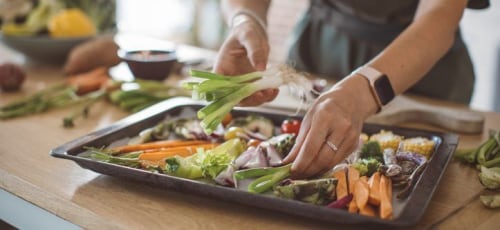 Food & Drink March 16, 2020 | 5 min read Going Rogue in the Kitchen Eventually, I did what most people do when they’re feeling confident in the kitchen. I whipped up a pot of homemade soup without any instructions.
Food & Drink March 16, 2020 | 5 min read Going Rogue in the Kitchen Eventually, I did what most people do when they’re feeling confident in the kitchen. I whipped up a pot of homemade soup without any instructions. -
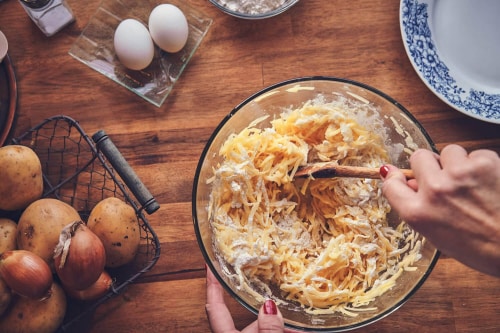 Food & Drink March 16, 2020 | 6 min read Delicious Differences: Potatoes Mashed potatoes. Fried potatoes. Hash browns. Baked potatoes. The list goes on for all the ways you can prepare potatoes in the kitchen.
Food & Drink March 16, 2020 | 6 min read Delicious Differences: Potatoes Mashed potatoes. Fried potatoes. Hash browns. Baked potatoes. The list goes on for all the ways you can prepare potatoes in the kitchen. -
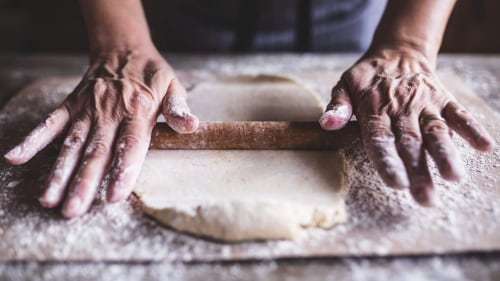 Food & Drink June 11, 2020 | 6 min read Food Traditions Family traditions don’t always have rhyme or reason, but they give us something to look forward to, and remind us to be grateful.
Food & Drink June 11, 2020 | 6 min read Food Traditions Family traditions don’t always have rhyme or reason, but they give us something to look forward to, and remind us to be grateful.
